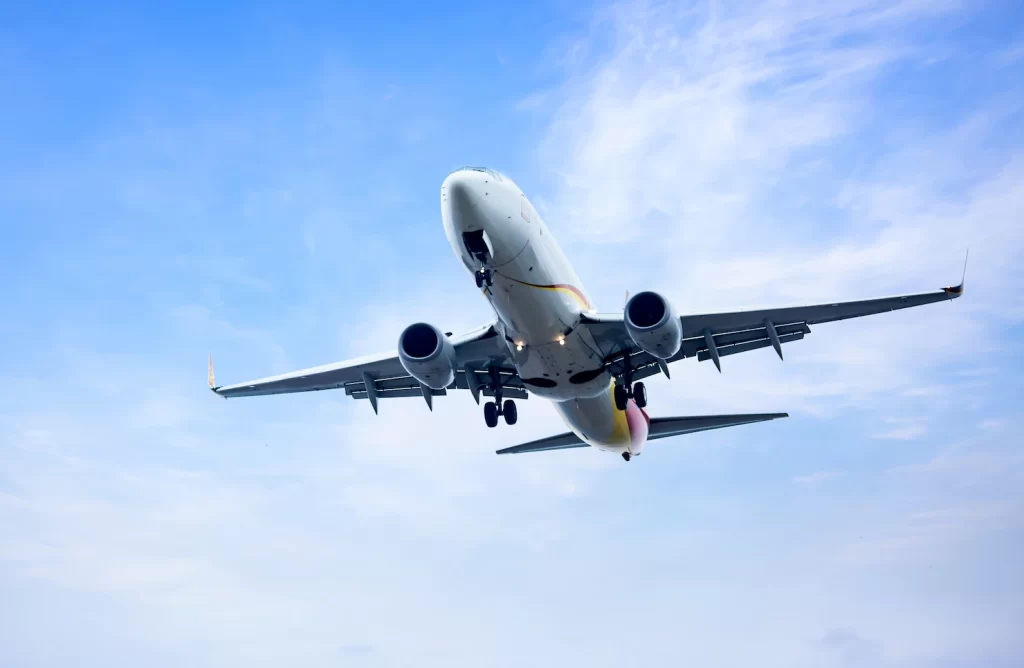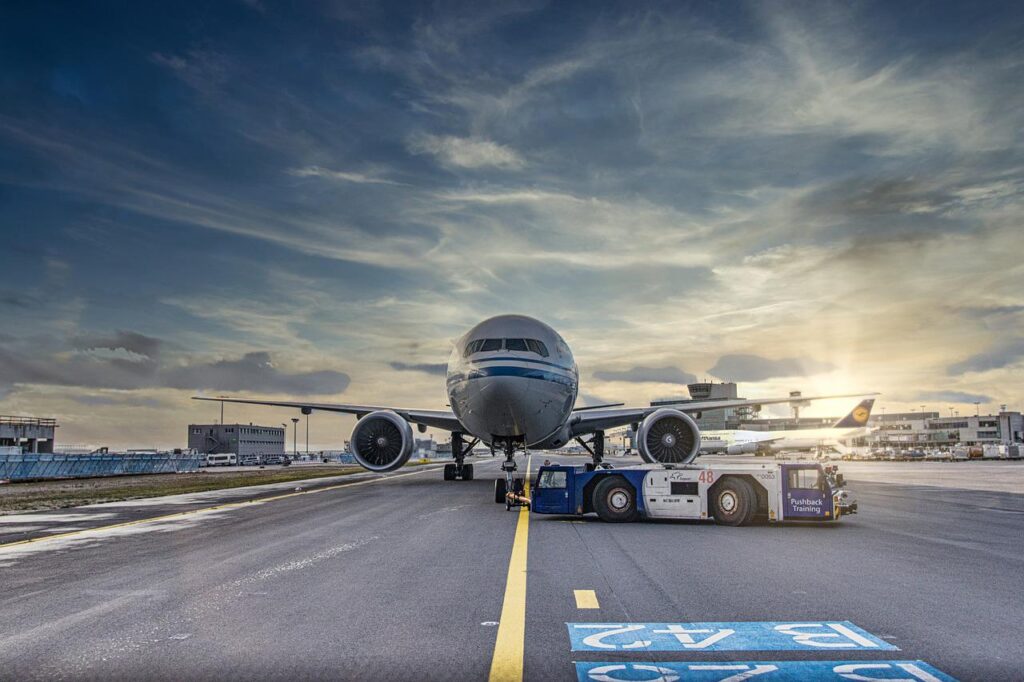Aviation Management industry is the business sector that manufactures, maintains, and operates the aircrafts and the airports. When it comes to aviation, there is a broad range of responsibilities within. It comprises activities at the airport as well as in the aircraft. It involves ground duties that are perform before the flight takes off, the activities during the flight, and the activities after it lands.
Aviation Management is a set of business disciplines that deal with the aviation industry. The course aims at developing a student’s knowledge and skills about aviation management, including those related to the audit, control, and assurance of business operations within this industry.
What is Aviation?
The term aviation came up in light by a French pioneer named Guillaume Joseph Gabriel de La Landell in 1863. It originates from the Latin word Avis which literally means bird. Aviation means all the activities related to flying the aircraft.
What is Aviation Management?
- Aviation management involves managing the workflow of airline, airport, or other businesses pertaining to aviation or aerospace industry by carrying out the day-to-day operations of an airport or an airline.
- It also includes scheduling, cargo and passenger services, airport operations, maintenance and repair, financial planning and budgeting, quality assurance and safety procedures.
- Aviation management courses are available at colleges across America and India. Aspiring pilots can take a degree in aviation management that will help them be successful. Especially in their career as an airline pilot or other type of pilot.
- Most students who have an aviation management course learn about planning for flight schedules and making sure that planes are safe. Students also learn about finances for airlines like Air Wisconsin or Southwest Airlines (SWA), which may have different policies than other airlines that are based in other states or countries.
- The student learns about the different types of aircraft parts like engines, landing gear etc., as well as dealing with emergencies such as mechanical failures or weather delays during flights.

A Brief History of Aviation Management:
The original idea of kite-flying from China was the first attempt of humankind to fly some man-made object high into the air. Chinese used kites to send messages, lift humans, measure distances, and test winds during the 5th Century to the 7th Century AD. They also prepared Hot Air Balloons to scare away enemies in the 3rd Century BC. Later during the period of Renaissance, Leonardo Da Vinci learns the flying principles of birds and anticipated that offer an equal amount of resistance by an object to the air, just as the resistance air offers to the object.
- During the 17th century, the then experts tried to create copper spheres containing vacuum. Lifted an airship as they knew by then that the objects lighter than the air can remain up in the air.
- During the 18th Century, they conducted five flights using balloons successfully in France. In 1647, the Polish King Władysław-IV invited the Italian inventor. Tito Livio Barattini to his court in Warsaw and built a model aircraft with four fixed glider wings. The aircraft had successfully lifted a cat with minor injuries while landing.
- During the 19th and the 20th centuries, experts experimented and came up with improved flying machines or aircraft. Which were heavier than air and based on the principles of aerodynamics.
- Most notable names are the Wright Brothers – Orville and Wilbur Wright. According to the Smithsonian Institution and Federation Aeronautiques International (FAI). The Wright brothers made the first sustained, controlled, powered, and heavier-than-air flight. At Kill Devil Hills, North Carolina on December 17, 1903.
- Orville Wright took the first flight at 120ft high for 12 seconds.
Major Regulating Bodies in Indian Aviation Management Industry
The Ministry of Civil Aviation (MoCA) of Government of India is responsible to formulate policies and programs. To develop and regulate civil aviation, and to implement the schemes for expanding civil air transport. It also oversees airport facilities, air traffic services, and air carriage of passengers and goods.
An Indian regulatory body for civil aviation named The Directorate General of Civil Aviation (DGCA) is under the MoCA. This directorate investigates aviation accidents and incidents.

Important Factors Driving Civil Aviation
The following are some most important factors that drive civil aviation −
- – The Low-Cost Carriers (LCCs), modern airports
- – Emphasis on regional connectivity
- – Foreign Direct Investment (FDI) in domestic airlines
- – Advanced information technology (IT) interventions
In May 2016, domestic air passenger traffic rose 21.63 per cent from 7.13 million to 8.67 million as compared to the traffic in May, 2015. In March 2016, total number of flights at all Indian airports are recorded as 160,830; which is 14.9 per cent higher than the flights of March 2015.
According to the reports of the Centre for Asia Pacific Aviation (CAPA), by FY2017, Indian domestic air traffic is expected to cross 100 million passengers compared to 81 million passengers in 2015. According to CRISIL’s reports, the airlines of India are expected to record a collective profit of INR 8,100 crore (US$ 1.29 billion) in year 2016.
Aircraft Manufacturing Giants
Hindustan Aeronautics Limited (HAL), a government-owned corporation based at Bangalore, Karnataka. It is an Indian giant that is governed by Ministry of Defense (MoD). Involved in manufacturing and assembly of aircraft, navigation, and allied communication equipment. It also governs airports operations.
HAL works in collaboration with numerous international aerospace agencies such as. Airbus, Boeing, Sukhoi Aviation Corporation, Israel Aircraft Industries, RSK MiG, Rolls Royce, Dassault Aviation, Indian Aeronautical Development Agency, and the Indian Space Research Organization (ISRO).
Aviation Management is one of the most important management courses. It is also considered the core course in the aviation industry. The course provides a comprehensive overview of all aspects related to the aviation industry, from operations to finance and marketing. Aviation management is an ideal choice for those who are interested in flying and would like to have an idea about the basics of the aviation industry.




Thanks for the post. very informative and well described post it was.
Thanks for sharing article